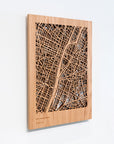
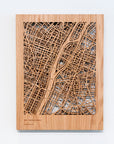
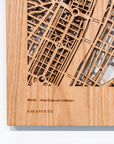
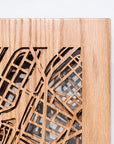
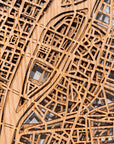
Wall Map, Paris - Designer Series
Model shown in Red Oak.
The Atlas Obscured Collection Wall Map consists of four layers of laser-cut maps precisely layered to showcase the evolution of a city over time.
Material: Plywood
Dimensions: 22½in H x 17in W x ½in D
Map Scale: 1in = 500ft
Designer Series objects are made with pre-selected map layers, which significantly reduces the length of time to produce your fine art object. Most Designer Series wall maps will require between 1.5 - 3 months to produce from the time you place your order to the time it is delivered.
Made From Four Layers of Historical Maps
OCCUPYING OVER 800 YEARS OF PARIS HISTORY
Top Layer
2024
Paris embraces a landmark year with the 2024 Summer Olympics, showcasing its cultural and architectural grandeur. The Seine hosts a unique opening ceremony, blending history with modern spectacle. Iconic venues like the Eiffel Tower and Château de Versailles integrate seamlessly into the games, reflecting the city's legacy. The event highlights gender parity and innovation, with new sports like breakdancing making their Olympic debut.
Beyond the games, Paris faces challenges such as housing costs, sustainability, and urban development. Cultural institutions, from the Louvre to the avant-garde districts, continue to shape the global artistic landscape.
As the city evolves, it maintains its status as a beacon of heritage, creativity, and resilience.
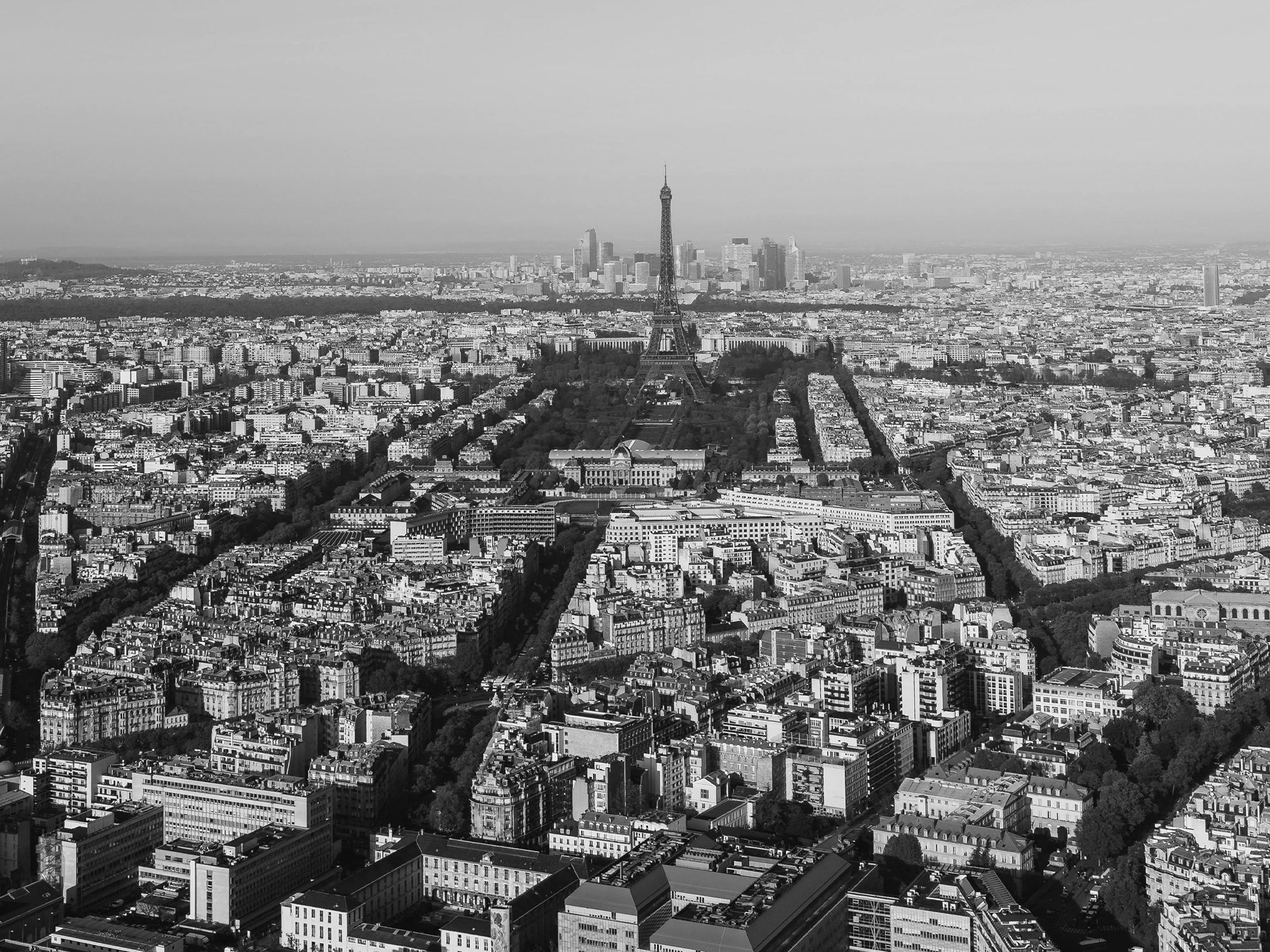
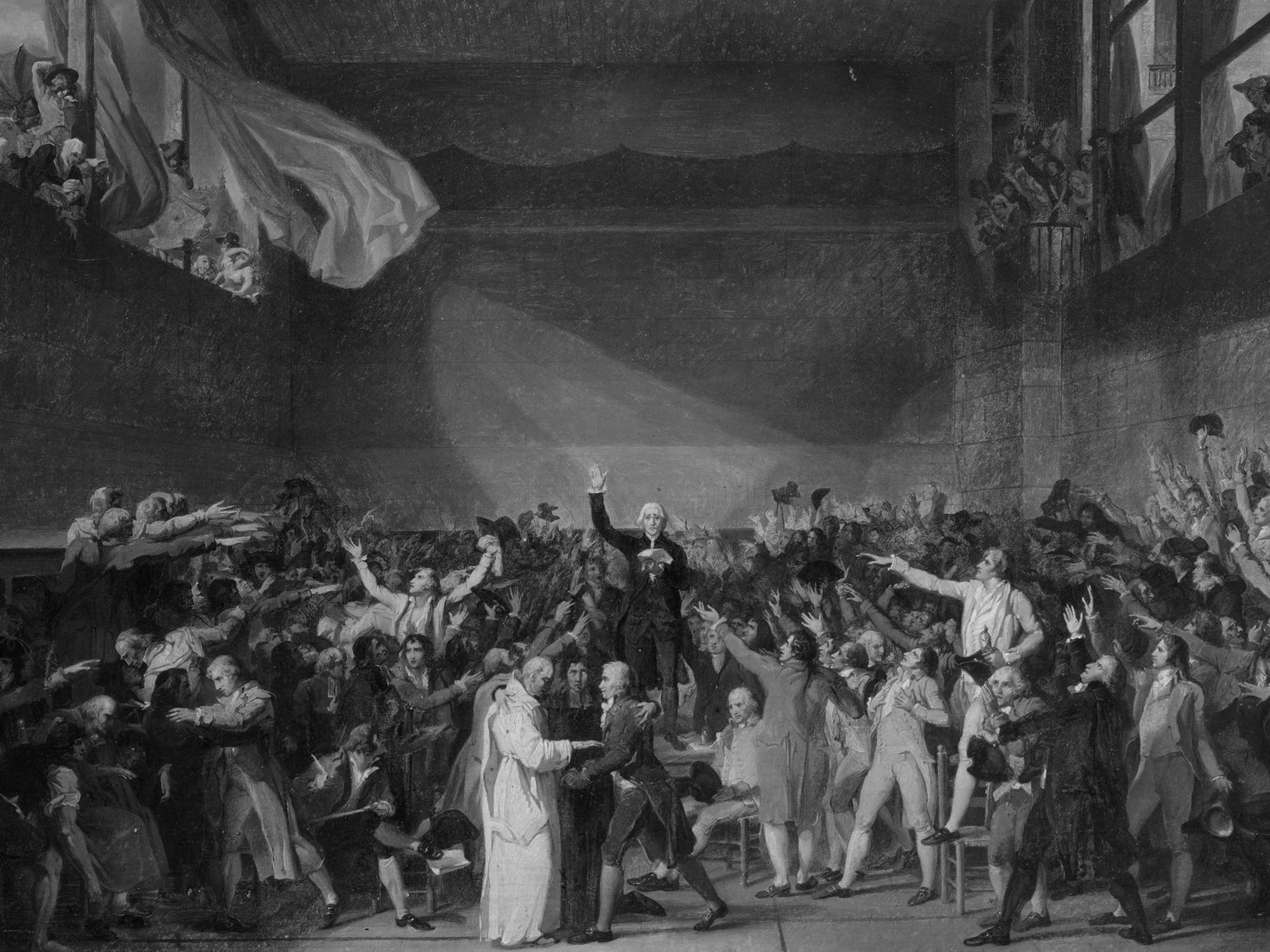
Second Layer
1789
Paris ignites the French Revolution, driven by economic hardship, social inequality, and political unrest.
The storming of the Bastille on July 14 signals the collapse of absolute monarchy, with revolutionary ideals spreading rapidly. The city’s streets become battlegrounds of change, as protests, pamphlets, and speeches fuel the call for liberty. Food shortages and inflation exacerbate tensions, leading to radical demands for reform. Revolutionary leaders such as Robespierre and Danton emerge, shaping the course of France’s political future. The fall of the monarchy transforms Paris into a laboratory for democracy, albeit one marked by violence and upheaval.
In this era of upheaval, Paris redefines its role as the heart of a new, revolutionary France.
Third Layer
1589
Paris grapples with the aftermath of the French Wars of Religion, a period of brutal conflict between Catholics and Protestants. The assassination of Henry III leads to the rise of Henry IV, whose rule ushers in an era of stabilization. His policies promote religious tolerance, particularly through the Edict of Nantes, aiming to unify a fractured nation.
The city undergoes infrastructural improvements, with new bridges, marketplaces, and public services enhancing urban life. Trade and commerce revive, restoring Paris’s reputation as an economic and cultural powerhouse. Despite lingering tensions, the arts flourish, with architecture and literature reflecting the city’s evolving identity.
Henry IV’s vision sets Paris on a path toward becoming a true European capital of power and culture.
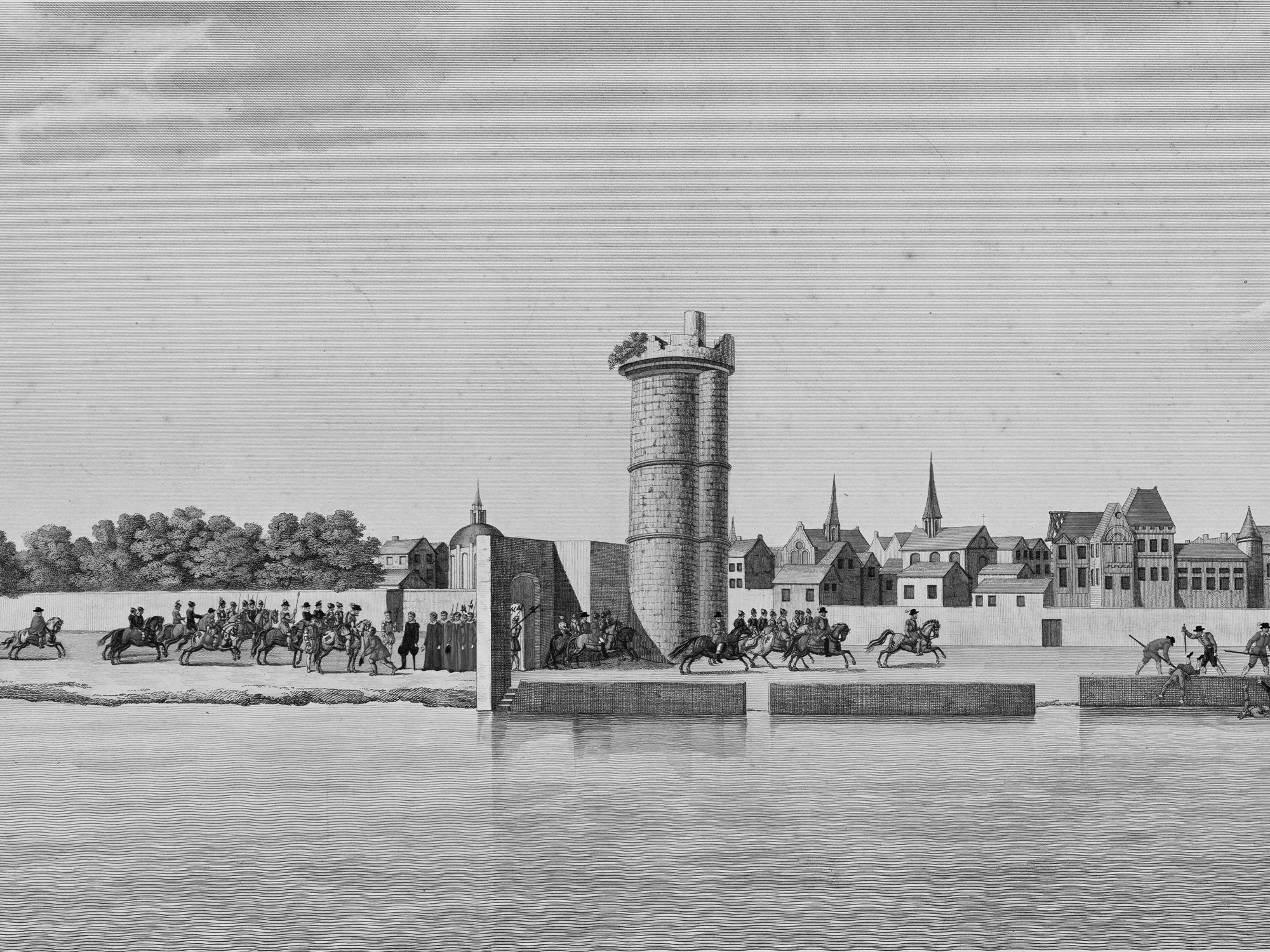
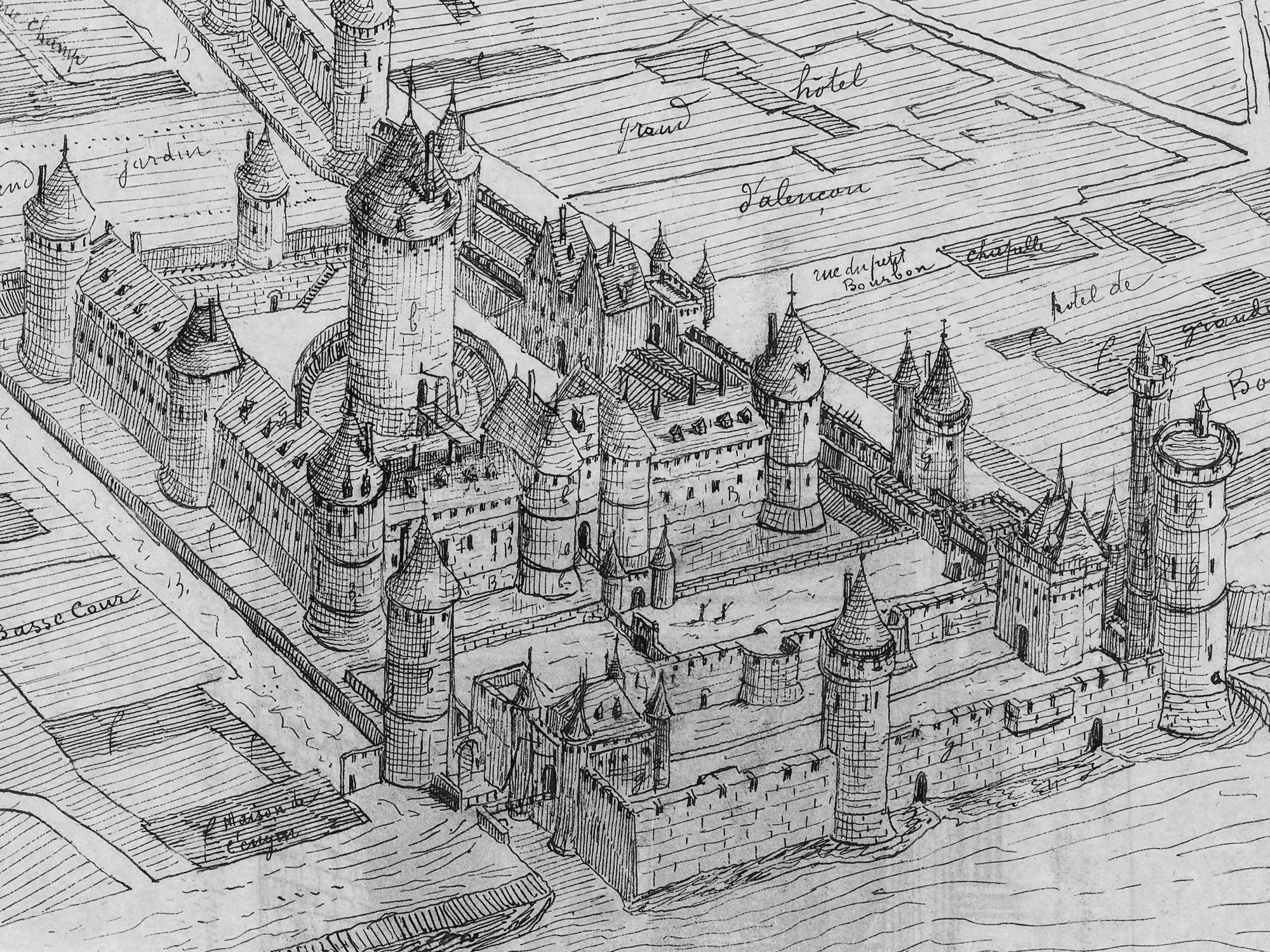
Bottom Layer
1180
Paris flourishes under King Philip Augustus, who strengthens the city’s defenses with the construction of its first fortified walls. The ambitious construction of Notre Dame Cathedral continues, symbolizing the city’s religious and architectural prestige as well as the rise of Gothic architecture.
The expanding population fuels urban growth, with markets, churches, and universities establishing Paris as a center of trade and learning. The Seine River remains vital for commerce, linking Paris to broader European trade networks. Parisian streets bustle with merchants, scholars, and clergy, reinforcing the city’s status as the heart of the Capetian dynasty. Feudal structures define daily life, though the city’s growing influence foreshadows its emergence as France’s political and cultural heart.
Under Philip Augustus, Paris embarks on a path toward modernization, setting the stage for future developments in governance, infrastructure, and education.
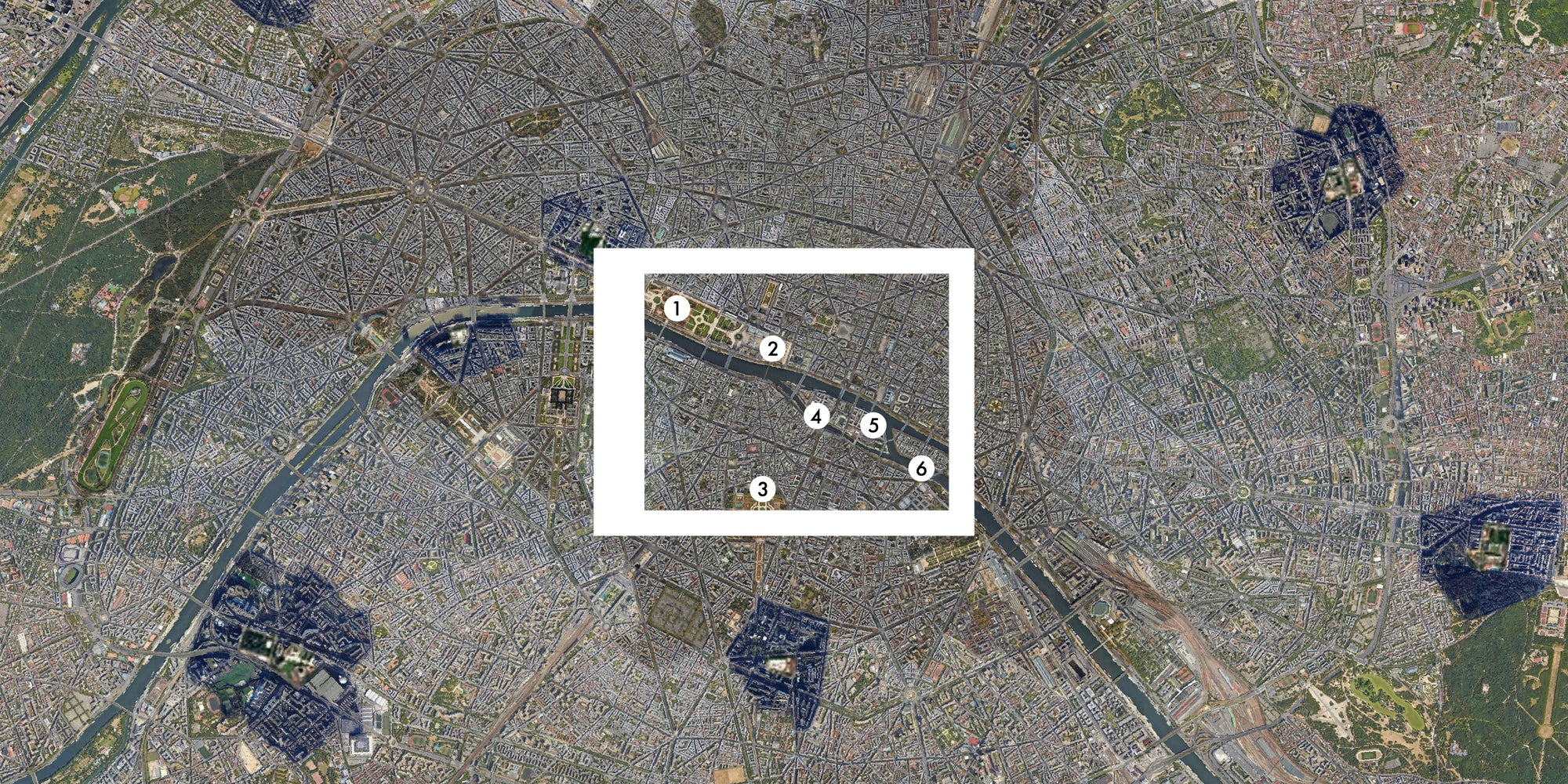
MAP LOCATION
1. Tuileries Garden
2. The Louvre
3. Jardin du Luxembourg
4. Sainte-Chapelle
5. Cathédrale Notre-Dame
6. Seine







